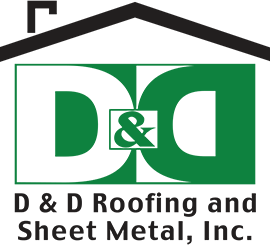Summer has come once again. And this year, instead of experiencing sun, sand, and sea, you’ll probably be spending the hottest time of the year at home to stop the spread of the novel coronavirus.
Summers in Nevada can be scorching, with day temperatures reaching as high as 108°F. But by changing simple things about your house or lifestyle, like opting for cool roofing materials, you can breeze through the summer heat. Here are seven hacks to stay cool and comfy this season:
1. Use energy-efficient bulbs
You could just run on full blast all day to fight the sweltering heat, but doing so would burn a hole in your pocket. One way to cool down without incurring high electricity costs is by replacing your bulbs.
Traditional incandescent bulbs radiate a lot of heat when producing light, making them highly inefficient. The US Department of Energy suggests using halogen incandescents, compact fluorescent lamps (CFLs), or light emitting diodes (LEDs) instead, as these bulbs don’t produce as much heat as traditional ones. They also consume very little energy, so you get a cooler home and a lower electricity bill.
2. Add some shade
Planting trees around your property is a solution that will benefit you for a long time. To significantly lower indoor temperature, strategically place shady trees in locations where the sun beats on your house the hardest.
If your property doesn’t have the space for trees, you can still keep the sun away by adding indoor shade in the form of curtains or blinds. Direct sunlight increases room temperature, so your goal is to let as little sunlight as possible into your house, especially when the sun is at its peak. To further bring the temperature down, sprinkle your curtains with water. The dampness will keep the summer heat at bay.
3. Avoid cooking inside the house
Cooking generates heat, and you don’t want more of that during the summer. Even if you have an exhaust fan in the kitchen, you may still find it stuffy after you’re done using the oven or the stove. Pare down your kitchen use, and explore other food preparation options.
You can set up a grill in your backyard so that heat disperses outdoors instead of getting trapped inside your home. Or find recipes that don't require heat during preparation. If you absolutely have to cook inside, do so during the coolest time of the day. This way, the cool temperature cancels out the heat generated and retained in your kitchen when you cook.
4. Utilize your bathroom and kitchen exhaust fans
Exhaust fans draw moisture, odors, and fumes from your home and deposit them outdoors. During the hottest hours of the day, turn your vent on so they can pull hot air out of your house. To maximize the effectiveness of your exhaust fans, open your bathroom or kitchen doors so the vent can expel heat and moisture from nearby rooms.
5. Promote cross ventilation
Cross ventilation is a process in which cold air displaces warm air in a given area or structure. At home, the easiest way to do this is by opening windows that are directly across from each other.
Cross ventilation is a process in which cold air displaces warm air in a given area or structure. The easiest way to do this in your home is by opening windows that are directly across from each other. By doing so, cool breezes can enter through one window and warm air exits through the opposite window. For optimal airflow, windows on the side of the house facing the wind should be opened at a smaller angle than the ones opposite them.
6. Close — or open — your doors
When it comes to cooling the house, doors are much trickier than windows. The general rule is that if the room temperature is lower than the temperature outside, then keep the door closed. This helps keep the room cold even when the rest of the house starts getting warm. Conversely, if the room is hotter than the other parts of the house, open the door to let cooler air in.
7. Make your roof cooler
Roofs take the brunt of the summer heat, so make sure they are up to the task. Several roof properties like color and material contribute to the hotness or coolness of the roof. Here are some roofing guidelines to follow if you want a cooler home:
- Go for light-colored shingles. They are able to reflect 80–90% more sunlight than dark shingles, which absorb more sunlight and consequently, more heat.
- Apply white or reflective coatings on your roof. If you’re not inclined to replace your roof, the alternative is to apply white or reflective coating to your existing structure. This reduces sunlight absorption while preventing shingle cracking or curling.
- Consider cooler roof materials. Asphalt shingles are widely used for residential homes and are usually enough to withstand warm days. But if you’re looking for cooler materials, consider what’s available in the market. Metal roofs can have over 70% solar reflectance. Clay tiles, on the other hand, barely store heat from the sun, and can release up to 86% of the heat they absorb.
A cooler summer is coming. For a thorough roof assessment on which roofing material best suits your home, call D&D Roofing and Sheet Metal, Inc., Inc. Get your free roof consultation today.


.2202150913550.jpg)